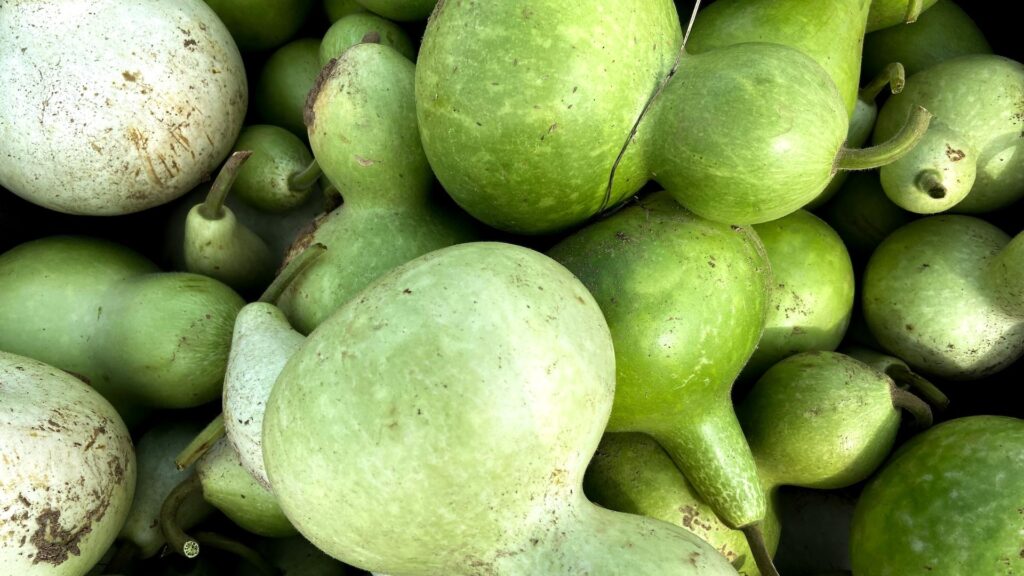Patient: 64-year-old female living in Canada
Symptoms: Paramedics transported the patient to the emergency department after the patient suddenly developed weakness, nausea, vomiting, diarrhea, and lower abdominal pain.
you may like
Tests revealed that the woman’s heart rate and breathing rate were high, and her blood pressure was initially high, but had since dropped alarmingly. Her extremities were abnormally cold to the touch, indicating poor circulation. During that time, one of the chambers of her heart was pumping really hard, and an echocardiogram suggested she had other heart problems.
Medical teams were able to restore the woman’s blood pressure to normal levels by administering an intravenous fluid, but she continued to experience several episodes of “severely” low blood pressure. She also continued to experience diarrhea and several episodes of vomiting blood.
She was then transferred to the intensive care unit (ICU), where doctors examined her gastrointestinal tract with a gastroscopy. During the gastroscopy, a thin tube containing a camera is inserted into the mouth and guided down the throat and stomach. They discovered that the lining of her stomach was inflamed and bleeding as a result of tissue damage. This is probably caused by a lack of oxygen supply to the tissues.
Diagnosis: The patient was diagnosed with shock, a life-threatening condition that severely reduces blood flow and ultimately damages organs. In this case, the shock was caused by toxins contained in pumpkin juice. This “bitter melon poisoning” is a type of “toxic squash syndrome” caused by eating toxic substances that can be found in pumpkins and gourds.
Gourd specifically refers to the Cucurbitaceae family, which means it belongs to the Cucurbitaceae family, which includes cucumbers, pumpkins, watermelons, and zucchini. Plants in the Cucurbitaceae family produce bitter-tasting chemicals called cucurbitacins, which can have toxic effects when ingested in large amounts. Cultivars of these plants have been bred to minimize cucurbitacin content to make them palatable and safe for human consumption. However, in some cases, cucurbits can accumulate these chemicals as they ripen, posing rare risks to those who consume them.
“Cucurbitacins are toxic to humans when ingested, according to various theories, although the mechanism is unclear,” the report’s authors note. This toxin is thought to interfere with intracellular signaling, increase blood vessel permeability, and ultimately damage the mucous membranes in the body, particularly in the gastrointestinal tract.
“It is suspected that the degree of bitterness in bottle gourd may be correlated with cucurbitacin concentration and thus toxicity, but this is not clearly supported in the literature,” the authors added.
you may like
Treatment: There is no specific cure for bitter melon poisoning, so the medical team continued to monitor the patient’s vital signs and stabilize his condition if necessary. Her shock and associated symptoms disappeared after five days in the ICU.
The patient was subsequently discharged from the hospital, but in a follow-up telephone call, she reported sudden onset of progressive hair loss approximately 2 weeks after admission. Doctors further confirmed this diagnosis by pointing out that this is another symptom that is likely to be caused by “bitter melon poisoning.” Hair loss has also been reported in other cases of this syndrome.
What’s unique about this case: Toxic squash syndrome is considered extremely rare, and this was the first time such a case had been reported in Canada. Similar cases have been previously reported in other countries such as India, where bottle gourd juice is used in some traditional medicines.
For more interesting medical cases, check out our Diagnostic Dilemma archives.
This article is for informational purposes only and does not provide medical advice.
Source link

